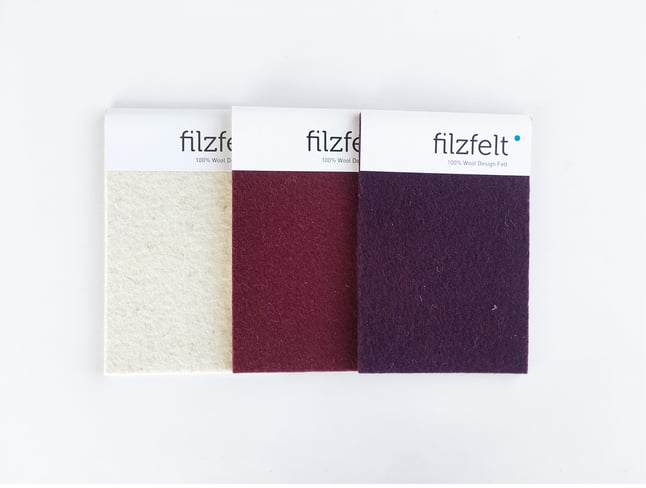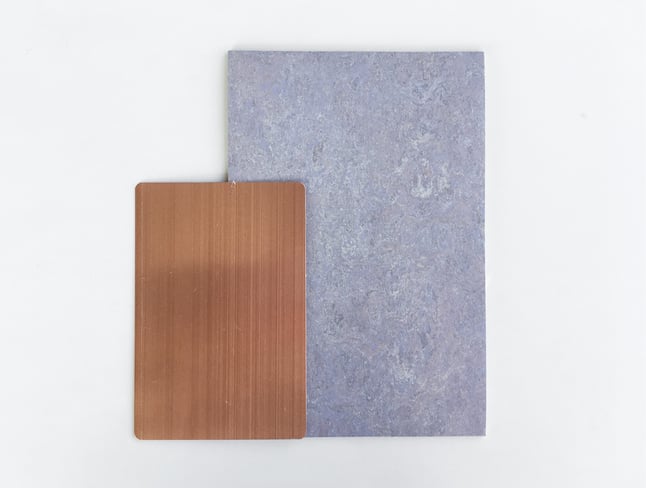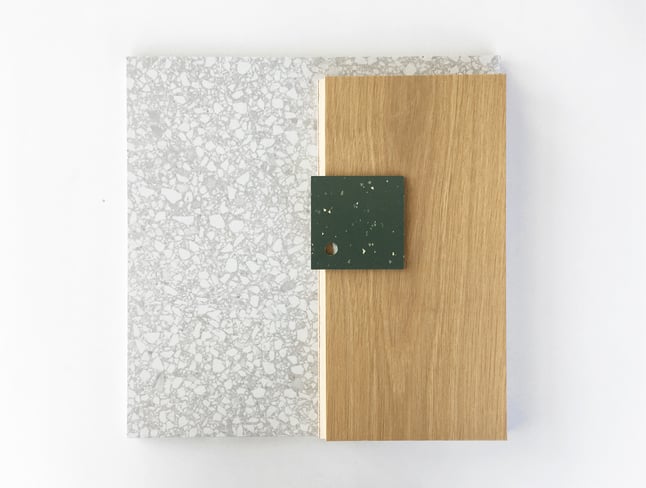4 Unhealthy Building Material Ingredients and How to Avoid Them

In the late 1970s, many American office workers began complaining of a mysterious illness. Their symptoms included headaches, fatigue, dizziness, and eye, nose, and throat irritation. Often, these symptoms started after workers arrived at the office and dissipated after they left the building.
Today, this acute set of symptoms is known as “sick building syndrome,” and it’s been attributed to many factors, including poor air circulation, lack of natural light, and a high concentration of synthetic materials.
On average, people spend 90% of their time indoors exposed to materials emitting chemicals—a process known as “off-gassing.” While most chemicals are harmless, research has linked others to chronic health problems like diabetes, asthma, and neurological disorders—as well as short-term irritation.
When choosing building materials, designers should consider human health impacts. Since adopting the AIA’s Architect & Design Materials Pledge, materials and health have been hot topics in our studios. We are working with product manufacturers to gain information and remove harmful substances from our materials library and master specs.
This article will discuss some of the most harmful chemicals commonly found in building materials and healthy alternatives.
4 Harmful Chemicals in Building Materials
1. Flame Retardants
Flame retardants are chemicals applied to materials to prevent or slow fire growth. Since the 1970s, they have been used in upholstery, furnishings, and insulation materials.
Although flame retardants provide some benefits, research has linked them to adverse health conditions, including certain types of cancer and thyroid disruption. It can be difficult to remove them from a building completely, but designers should practice moderation and use natural alternatives whenever possible.
Wool is a naturally flame-retardant material that can be used in textiles, furnishings, and insulation. Hemp also provides similar benefits.
You can also decrease the need for fire-resistive chemicals through building design. Fire sprinklers and thoughtful egress planning can make buildings safer for occupants and reduce the need for chemical additives in furnishings and fabric.

Wool offers a natural alternative to chemical flame retardants.
2. Antimicrobials
Antimicrobials are coatings added to surfaces to prevent bacteria, mold, and mildew growth. Often, they are added to bathroom finishes and surfaces in healthcare settings.
Little evidence exists to prove that antimicrobials in building products prevent disease. Instead, these materials can cause adverse health effects while contributing to antimicrobial-resistant bacteria strains.
Alternative solutions are natural materials with antimicrobial properties, like silver and copper. Linoleum can also offer antimicrobial properties for some surfaces. In any case, a rigid cleaning protocol is the most effective way to prevent the spread of disease.

Copper and linoleum offer antimicrobial properties.
3. Bisphenols and Phthalates
Bisphenols and phthalates are chemicals that make plastic softer and more flexible. They are often found in food and drink containers, though their use has been phased out recently.
These chemicals are linked to developmental disorders and chronic health conditions like asthma, obesity, and diabetes. Exposure is particularly harmful to infants and children.
In buildings, bisphenols and phthalates can be found in vinyl flooring products. Rather than vinyl, we recommend healthier alternatives like hardwood, linoleum, concrete, porcelain tile, and rubber.

Hardwood, porcelain tile, and rubber flooring are alternatives to vinyl.
4. Formaldehyde
Formaldehyde is an adhesive that can be used as a glue binder in wood products or a stiffener in fabrics. It can be found in cabinets, furniture, and products made with particleboard, Medium Density Fiberboard (MDF), or plywood.
Formaldehyde has a strong, distinct scent and can cause eye, nose, and throat irritation. It can also cause more serious respiratory issues in elderly populations, children, and those with conditions like asthma.
Although it can be difficult to avoid products containing formaldehyde, designers can start by prioritizing formaldehyde-free plywood and MDF.
Considering Vulnerable Populations
While everybody deserves a building with healthy materials, designers should take extra care when working with vulnerable populations.
Children and elderly populations are most vulnerable to adverse side effects of chemical off-gassing. Young children are likely to crawl on the floor or place objects in their mouths, and elderly populations are likely to have preexisting conditions that exposure to chemicals can worsen.
In buildings that cater to these populations—including early childhood centers, elementary schools, and senior housing—designers should prioritize natural materials without additives.
Every building project begins by thinking about the occupant’s experience, and this thinking extends to material selection.
Learn More About Material Selection
Material selection is a key component of every building project. A designer’s job is to guide your decision-making and provide healthy options.
Although these unhealthy chemicals are common in building materials, it is important to use natural alternatives whenever possible. Material selection is like planning a diet. Most of your food should provide some nutritional benefits, and unhealthy options should be consumed in moderation.
Health is only one consideration when selecting materials. You should also consider cleanability, durability, and environmental impacts. Learn more by reading about the material selection process.